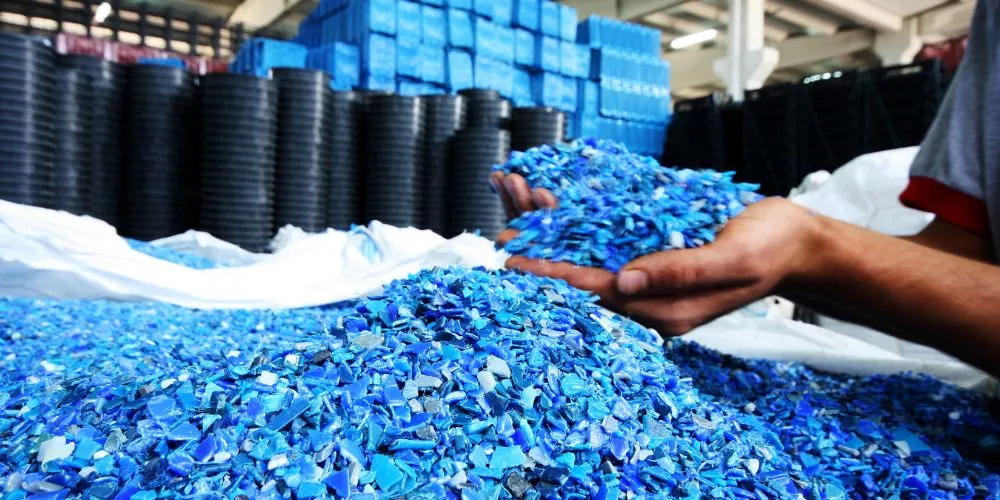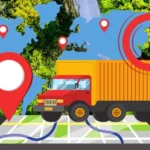Plastic, a ubiquitous material in our modern lives, presents a dual challenge: it is both a versatile resource and a significant environmental pollutant. As the world grapples with the consequences of plastic waste, plastic recycling emerges as a crucial aspect of sustainable waste management. This process not only diverts plastic from landfills but also contributes to the conservation of resources and the reduction of environmental impact.
The life cycle of plastic typically involves the extraction of raw materials, manufacturing, usage, and eventual disposal. However, the linear model of “take, make, dispose” has led to the accumulation of plastic waste, posing threats to ecosystems and marine life. Plastic recycling aims to disrupt this linear trajectory by reintroducing discarded plastics into the production cycle, transforming waste into valuable resources.
Plastic recycling begins with the collection and sorting of plastic waste. Various types of plastics must be separated to maintain the integrity of the recycling stream. Once sorted, the plastics undergo cleaning to remove contaminants such as labels, adhesives, and residues. The cleaned plastic is then shredded into small pieces or melted to form pellets, the raw material for manufacturing new plastic products.
One of the primary opportunities for plastic recycling is the conservation of resources. Recycling reduces the demand for virgin materials, such as petroleum, in producing plastics. This conservation helps alleviate the environmental impact associated with resource extraction, contributing to a more sustainable and circular economy.
Moreover, plastic recycling plays a crucial role in waste reduction. If not managed properly, plastic waste can persist in the environment for hundreds of years. By diverting plastic from landfills and incineration, recycling mitigates the environmental burden and contributes to a cleaner, healthier planet.
Despite its undeniable benefits, plastic recycling faces challenges. The diversity of plastic types and complex additives make recycling a technically challenging process. Contamination, inadequate collection infrastructure, and consumer behavior also hinder effective recycling. Improving the efficiency and usefulness of plastic recycling needs a concerted effort from individuals, industries, and governments.
In recent years, there has been a growing awareness of the environmental effect of plastic pollution, prompting increased commitments to sustainable practices. Innovations in plastic recycling technologies, such as chemical recycling and advanced sorting systems, offer promising solutions to improve the recycling process and increase the value of recycled plastics.
Plastic Recycling Market Analysis
The approximate decision of the Techgolly market research team is the global plastic recycling market size was valued at least USD 45 billion in 2023 and continues to be projected to reach up to USD 72 billion by 2030. The growth will continue at a compound annual growth rate (CAGR) of 5% to 7% from 2023 to 2030.
Conclusion
Plastic recycling is a pivotal strategy in addressing the environmental impact of plastic waste. Embracing a circular economy approach, where resources are reused and recycled, will be instrumental in reducing the environmental footprint of plastic consumption. As society grapples with the plastic dilemma, the evolution of recycling practices and the shift towards sustainable consumption habits are essential steps toward a cleaner and more resilient future.










